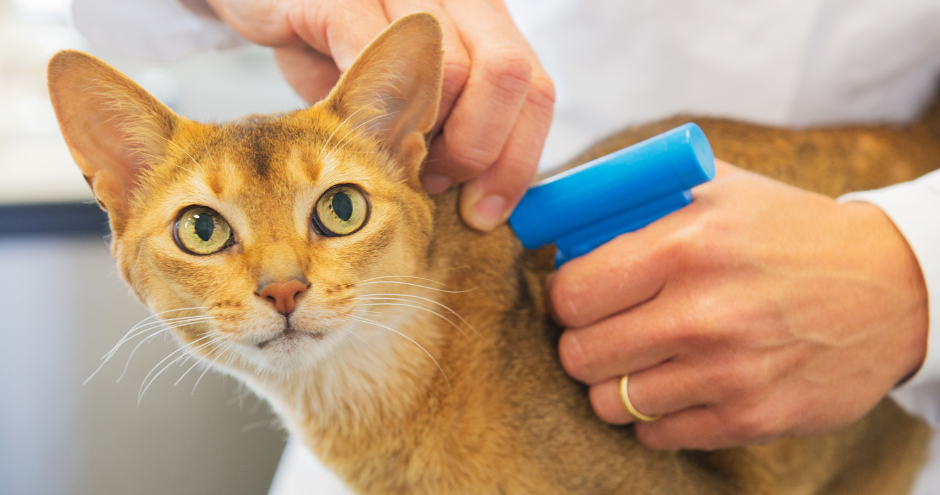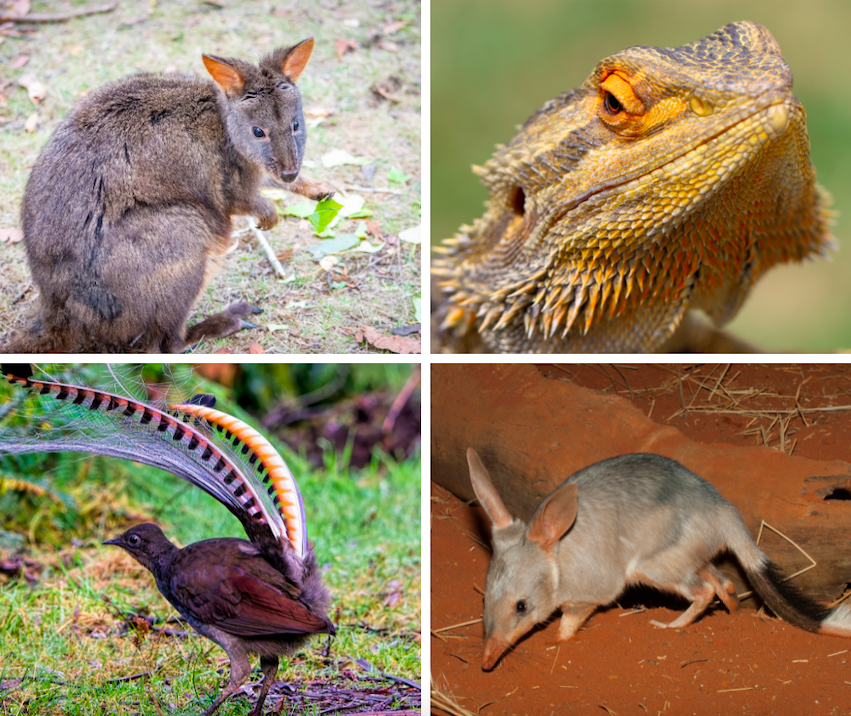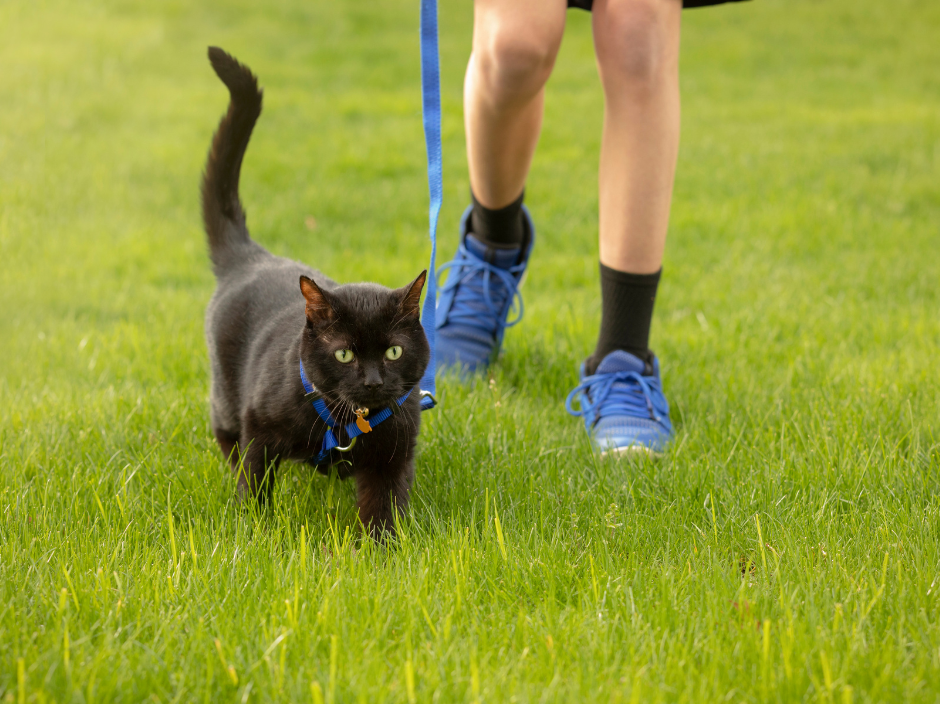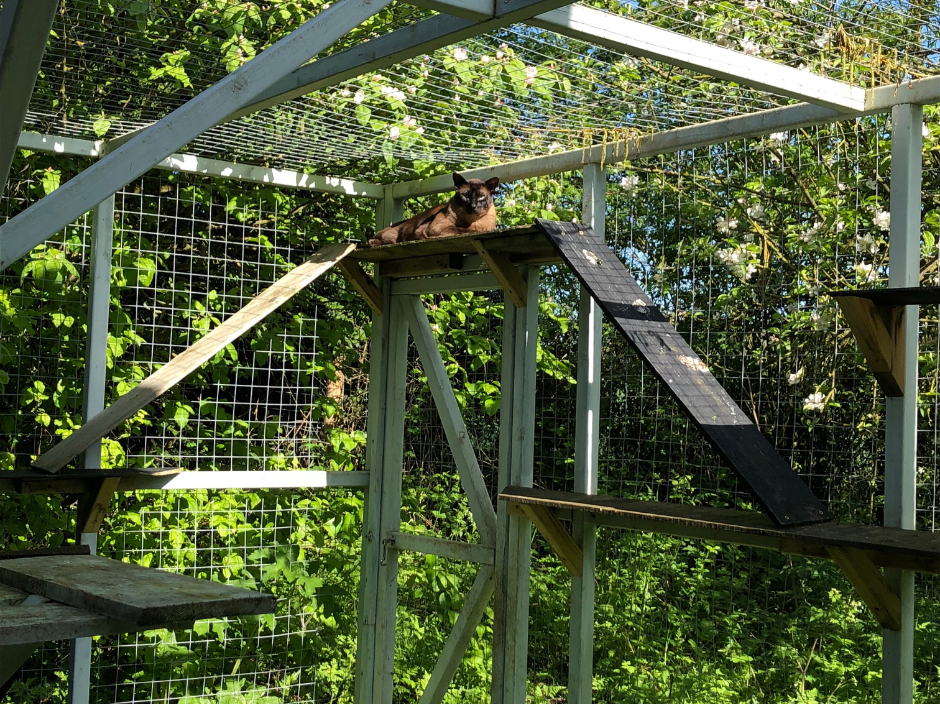Part 2 of our series Cat catastrope: Why are we behind Australia in managing cats?

Curfews, leash walking, registration, and desexing. These are just some of the ways Australia is addressing domestic cat management and getting further ahead of Aotearoa New Zealand in protecting their threatened native species.
In part two of this three-part series, we look at the ways Australians are tackling the problem of domestic cats and what we can learn from them.
A patchwork of policies

Cats are popular down under. More than 33 percent of Australian households have a cat, while in Aotearoa New Zealand 41 percent of households own at least one.
For policy-makers, legislation is about striking a balance between the social benefits that cat companions offer while protecting the environment and native wildlife. So, how is Australia juggling this balancing act?
Controlling domestic cats is outside the Federal Australian Government’s jurisdiction so the responsibility sits with states and local governments. This means there are different approaches across Australia’s eight states and territories – and some are more progressive than others.
The majority of states require cats to be microchipped and registered and they strongly promote (or require) desexing.
Some local governments went a step further for the safety of cats and wildlife, either placing a curfew on cats to keep them inside after dark or requiring owners to keep cats on their property at all times. This is often seen in areas that have cat-sensitive wildlife species nearby.
Getting pet owners on board
Encouraging cat owners to be responsible and minimise the impact their cat has on wildlife requires a change in behaviour. Australian states and councils are getting residents on board using a four-pronged approach:
- Consultation
- Registration
- Incentivisation
- Fines
Consultation: doing it with cat owners

Before rolling out changes to cat management, councils in Australia set up consultation groups with cat owners and other stakeholders like the RSPCA and local conservation groups. By including cat owners, councils were able to design plans that owners are more likely to agree to.
Let’s look at Canberra in the Australian Capital Territory. It recently introduced a city-wide policy that requires cats to be kept inside or in outdoor runs, as part of the ACT Cat Plan.
The cat plan was crafted in consultation with animal welfare groups and cat owners and allows for several compromises – for example, cat containment only applies to new cats and those in specially declared suburbs, and you can walk your cat on a leash outside.
Keeping cats at home has the backing of the RSPCA, which says cats are safe and happy at home, avoid the dangers of roaming, and often live longer and healthier lives.
Registration: keeping a line of sight
We’re accustomed to registering our dogs. So is it that far-fetched to imagine registering our feline friends?
It would seem not – with several Aussie councils making it one of their minimum standards of responsible cat care. In the eastern suburbs of Melbourne, Victoria residents must microchip and register all cats over three months old with the Knox City Council. If cats get lost or injured they can easily be identified and returned home. Registering cats also gives councils a “line of sight” regarding cat ownership in the area.
Incentives: a nudge to do the right thing
Changing behaviour can come at a cost – literally. Sorting out microchipping and desexing costs money, so to help owners Australian councils offer free services or incentives.
Victoria’s Banyule City Council has a free desexing programme. Council staff worked with the RSPCA to develop the programme which microchips, registers and desexes cats for free. There are now more cats desexed, reducing the number of kittens born each year – many of which would end up abandoned or surrendered to the pound.
Fines: when all else fails
How do you ensure owners care for and control their pet cats? Much in the same way we control and care for dogs. Councils have dog control policies and enforcement teams with powers to charge fines or fees to residents who let their dogs wander. In Canberra, it’s much the same with cats.
Within their cats at home policy there was a grace period with warnings and advice issued for owners of roaming cats. But after the grace period, animal services that find roaming cats can penalise owners up to $AU1600.
How does Aotearoa NZ compare?

Although there’s a hodgepodge of rules and laws around domestic cat management in Australia, they are still decades ahead of us in protecting wildlife from pet cats.
Cat legislation is a grey area here at home. A number of councils have measures in their bylaws to help manage cats. The most popular measure is limiting the number of cats per household, but a small number of councils also require microchipping or desexing.
That’s about it as far as pet cat control goes. The existing measures are inconsistent around the country and there is no strategy or policy set by our government. It is also very costly to individually consult and implement these individual bylaws.
With only two levels of government in Aotearoa New Zealand (compared to Australia’s three) a nationwide plan for managing domestic cats could be more straightforward here. National legislation would lay out a consistent approach and remove the need to consult and implement council bylaws individually.
There’s no denying cat management is an emotional issue. However, there’s more consensus than you might think.
Conservation, public health, and animal welfare groups all agree that something needs to be done to protect native wildlife and keep cats safe.
And among cat owners and non-cat owners, there is support for a range of actions – especially desexing and microchipping.
Recent research by Predator Free New Zealand Trust asked cat owners if cats should be microchipped (66 percent agreed), de-sex all cats (75 percent agreed), limit the number of cats owned (61 percent agreed), and keep cats indoors or on private property (43 percent agreed).
This consensus shows there is hope for Aotearoa New Zealand. When Australian local governments worked with their community they arrived at plans that work for cats, humans, and wildlife.
What about feral cats? Stay tuned
In part three of this series, we will examine how our neighbours across the ditch manage feral cats.

